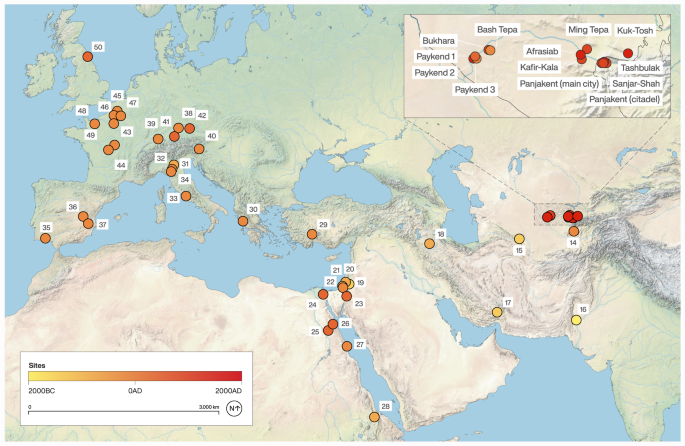2024-04-04 カロリンスカ研究所(KI)
<関連情報>
- https://news.ki.se/less-extensive-breast-cancer-surgery-results-in-fewer-swollen-arms
- https://www.nejm.org/doi/10.1056/NEJMoa2313487
センチネルリンパ節転移を有する乳癌における腋窩郭清の省略 Omitting Axillary Dissection in Breast Cancer with Sentinel-Node Metastases
Jana de Boniface, M.D., Ph.D. ; Tove Filtenborg Tvedskov, M.D., Ph.D.; Lisa Rydén, M.D., Ph.D.; Robert Szulkin, Ph.D.; Toralf Reimer, M.D., Ph.D.; Thorsten Kühn, M.D., Ph.D.; Michalis Kontos, M.D.; +21; for the SENOMAC Trialists’ Group
New England Journal of Medicine Published April 3, 2024
DOI: 10.1056/NEJMoa2313487
Abstract
BACKGROUND
Trials evaluating the omission of completion axillary-lymph-node dissection in patients with clinically node-negative breast cancer and sentinel-lymph-node metastases have been compromised by limited statistical power, uncertain nodal radiotherapy target volumes, and a scarcity of data on relevant clinical subgroups.
METHODS
We conducted a noninferiority trial in which patients with clinically node-negative primary T1 to T3 breast cancer (tumor size, T1, ≤20 mm; T2, 21 to 50 mm; and T3, >50 mm in the largest dimension) with one or two sentinel-node macrometastases (metastasis size, >2 mm in the largest dimension) were randomly assigned in a 1:1 ratio to completion axillary-lymph-node dissection or its omission (sentinel-node biopsy only). Adjuvant treatment and radiation therapy were used in accordance with national guidelines. The primary end point was overall survival. We report here the per-protocol and modified intention-to-treat analyses of the prespecified secondary end point of recurrence-free survival. To show noninferiority of sentinel-node biopsy only, the upper boundary of the confidence interval for the hazard ratio for recurrence or death had to be below 1.44.
 RESULTS
RESULTS
Between January 2015 and December 2021, a total of 2766 patients were enrolled across five countries. The per-protocol population included 2540 patients, of whom 1335 were assigned to undergo sentinel-node biopsy only and 1205 to undergo completion axillary-lymph-node dissection (dissection group). Radiation therapy including nodal target volumes was administered to 1192 of 1326 patients (89.9%) in the sentinel-node biopsy–only group and to 1058 of 1197 (88.4%) in the dissection group. The median follow-up was 46.8 months (range, 1.5 to 94.5). Overall, 191 patients had recurrence or died. The estimated 5-year recurrence-free survival was 89.7% (95% confidence interval [CI], 87.5 to 91.9) in the sentinel-node biopsy–only group and 88.7% (95% CI, 86.3 to 91.1) in the dissection group, with a country-adjusted hazard ratio for recurrence or death of 0.89 (95% CI, 0.66 to 1.19), which was significantly (P<0.001) below the prespecified noninferiority margin.
CONCLUSIONS
The omission of completion axillary-lymph-node dissection was noninferior to the more extensive surgery in patients with clinically node-negative breast cancer who had sentinel-node macrometastases, most of whom received nodal radiation therapy. (Funded by the Swedish Research Council and others; SENOMAC ClinicalTrials.gov number, NCT02240472.)


